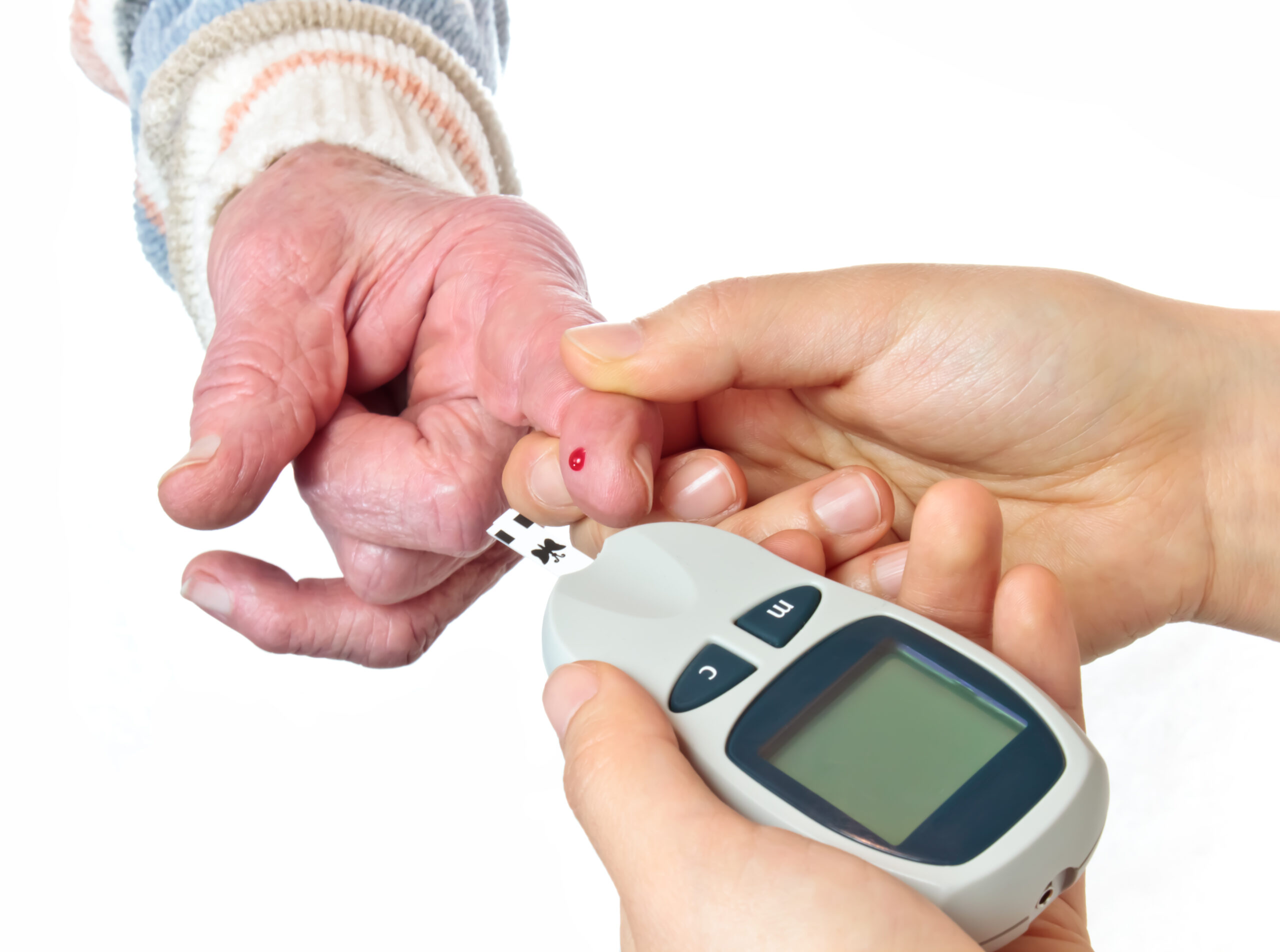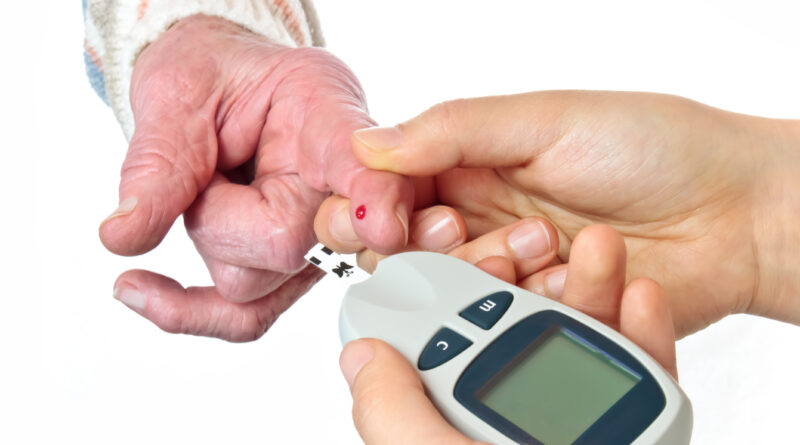The Latest Technology in Diabetes Management: Improving Quality of Life for Patients
Diabetes is a chronic condition that affects millions of people worldwide. Managing diabetes can be challenging, but technology has come a long way in recent years to make it easier for patients to monitor their blood sugar levels and manage their insulin doses. In this blog post, we will explore the latest advancements in diabetes management technology and how they are improving quality of life for patients.
Introduction to Diabetes Management Technology
Diabetes management involves monitoring blood glucose levels, taking insulin shots or using an insulin pump, eating a healthy diet, and staying physically active. With the help of technology, many aspects of diabetes management have become more convenient and less invasive. For example, continuous glucose monitors (CGM) allow patients to track their blood sugar levels throughout the day without having to prick their fingers multiple times.
Latest Advancements in Blood Glucose Monitoring
One of the most significant advances in diabetes management technology is the development of CGM devices. These small sensors are inserted under the skin and continuously measure blood sugar levels, providing real-time data to patients and caregivers. The latest generation of CGM devices also features alarms that alert patients when their blood sugar levels are too high or too low.

Another major breakthrough in blood glucose monitoring is the use of artificial intelligence (AI). AI algorithms can analyze large amounts of patient data to identify patterns and trends that may not be immediately apparent to human clinicians. This allows doctors to make more informed decisions about medication dosages and treatment plans.
The Role of Artificial Intelligence in Diabetes Care
AI is already being used in several areas of diabetes care, including predictive analytics, personalized medicine, and virtual assistants. Predictive analytics uses machine learning algorithms to forecast future blood sugar levels based on current trends, allowing patients to take preventative measures before a medical emergency occurs. Personalized medicine involves tailoring treatments to individual patients based on their unique genetic profile and lifestyle factors. Virtual assistants like Siri and Alexa can help patients with tasks such as setting reminders for medication and tracking food intake.
Innovative Insulin Delivery Systems

Insulin delivery systems have also seen significant improvements over the past few years. One new approach is the use of patch pumps, which deliver insulin through the skin via tiny needles. Patch pumps are discreet and easy to wear, making them ideal for busy adults who want to maintain their independence while managing their diabetes. Another innovative insulin delivery system is the implantable pump, which delivers insulin directly into the body via a catheter. Implantable pumps require surgery to insert, but they offer greater convenience than traditional injection methods.
Wearable Devices for Diabetes Management
Wearables like fitness trackers and smartwatches are increasingly being used in diabetes management. These devices can monitor heart rate, activity level, and sleep patterns, providing valuable information to both patients and doctors. Some wearables even feature built-in CGM sensors, allowing patients to track their blood sugar levels without carrying around additional equipment.
Conclusion and Future Prospects
Technology has revolutionized diabetes management, offering patients more options and better outcomes than ever before. As research continues, we can expect to see even more exciting developments in the field, from improved AI algorithms to new types of insulin delivery systems. Ultimately, these advancements will lead to better quality of life for those living with diabetes.



